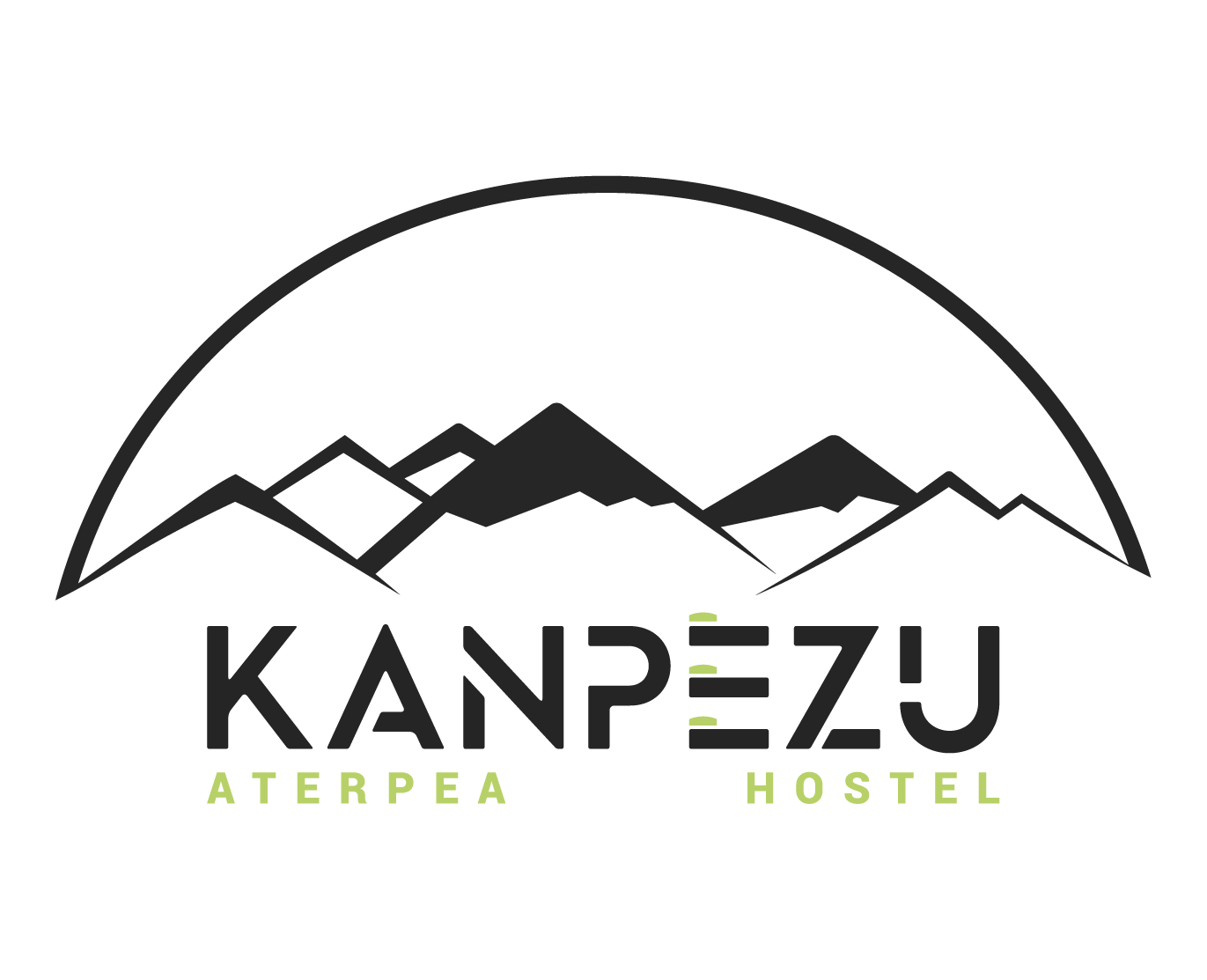Izki Natural Park
Izki Natural Park
Izki was declared a Natural Park in 1998. In its 9,143 hectares it contains an enormous diversity of landscapes, being the third largest park in the Autonomous Community of the Basque Country.
In essence, Izki is forest and rock. Its main habitat is the marojal, but there are also beech groves, kermes oak groves, holm oak groves, beech groves, holm oak groves, alder groves, gall oak groves, mixed forests, birch groves, aspen groves and oak groves and oak groves covering a large part of this natural space.
The valley is crossed by small rivers such as the Izki, the Molino or the Berrón. At some points
water emerges forming ponds, traps and incipient peat bogs. In these wetlands, apart from
an interesting fauna of amphibians and birds such as the little grebe or the great crested grebe, there is also a valuable flora in which the flora, in which the white water lily stands out, as well as a rich variety of carnivorous plants. carnivorous plants.
In the sky, the slender figures of the golden eagle, peregrine falcon, Egyptian vulture and vulture soar over the forest. vulture, which rest and breed on the majestic limestone cliffs of the peaks of Izki.
The wide pastures of the higher areas, where cows, mares and sheep feed, reveal the presence of humans. An extensive cultural heritage conveys the history of these valleys and mountains: manmade caves, artificial caves, caves of the mountains: artificial caves, hermitages, fortified settlements, burial mounds, lime kilns, castles, archaeological remains and, to top it all off archaeological remains and, as a culmination, the medieval village of Korres, the only inhabited nucleus inside the Park.
Gastronomy, handicrafts, traditional festivities, pilgrimages and the existence of cosy rural houses dotted around the villages of the rural houses dotted around the villages near Izki increase the interest of the Natural Park.
Information
What to see
Kanpezu is surrounded by a unique natural environment where you will be able to enjoy a wide range of plans surrounded by nature. We recommend the following places:
The Ignatian Way
It retraces the route that Ignatius of Loyola, as a knight, travelled in 1522 from Loyola to Manresa.
Antoñana
Since prehistoric times, the village of Antoñana has been inhabited by nomads who raised livestock breeding.
Orbiso
Due to its location as a transit area between Navarre and Alava-Araba and its proximity to the Ega.
Izki Natural park
Izki was declared a Natural Park in 1998. In its 9,143 hectares it contains an enormous diversity of landscapes, being the third largest park in the Autonomous Community of the Basque Country.
Bujanda
A very ancient village. It appears in several documents under the name of Buszanda in 1071 and as Buxanda in the Cuaderno de Ordenanzas de Álava, 1742.
Oteo
The village of Oteo was created as a pass to control the people and goods that circulated between the valleys of Arana and Campezo. the valleys of Arana and Campezo, although there are remains from the prehistoric era: in the Cavern of Arratiandi, between Atauri and Arratiandi, between Atauri and Oteo, sediments have been found with remains from the Eneolithic period, as well as human bones. human bones.

